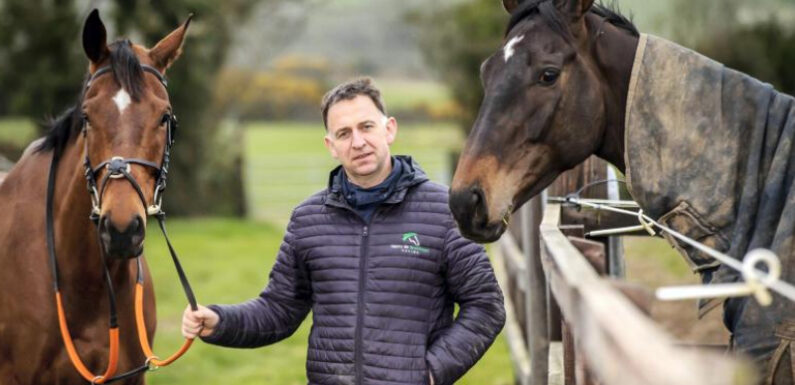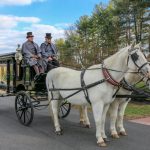
All you need to know about the life of a racehorse
Horse Racing, one of the ancient sports known to humanity, is typically an equestrian sport that involves two or more horses competing against each other in a show of strength. Horse races are a prevalent sport involving horses and vary widely among countries with specific traditions built around the sports. The races are generally categorized based on breeds participating, the distances run, and even the tracks that host the races. Although horseracing is purely a passionate sport involving horses, the economic interest generated by racing-related gambling makes it even more exciting. Racehorses are bred appropriately, foreseeing the economic gain it would bring. This article is intended to guide horse lovers who are all set to foray into the horse racing business through the various training phases and lifestyle of racehorses.
Life of a racehorse in a nutshell
A racehorse’s life begins as early as a foal, yearling, or a juvenile when their breeders put them up for sale at stores, “Breeze Up” sales, or in training sales. A few lucky ones get to the training without going through the hassles of the sales process. Here is a look through various training stages a horse is subjected to become a racehorse.
Breaking in
Breaking-in is the initial training stage of racehorses when the flat racehorses are trained to lunge in, led out in hand, wear rugs, shod, and exposed to various trainers. The horses are typically broken in when they reach the age of 18 months. The individual trainers use different methods to break in a flat racehorse, with a majority of trainers preferring the long reining method to other methods. The breaking-in stage of a racehorse is crucial for them to be used by a rider.
Riding away
Once the breaking-in stage is successfully attained, the horses are ridden away or taught to canter with other horses. The ‘ridden away’ is usually led by an experienced horse. The racehorses also mix up with other groups and trot figures of eight and ride away from the other horses.
Relaxation period
Once these vital phases are over, the racehorses are given a relaxation period of a few weeks to grow mentally and physically fit. The period usually falls over Christmas time.
Quickening the pace
The training resumes once the horses are officially two years old in the first weeks of January. The horses are taught to increase their pace and gallop. Long stirrups are used to walk, trot, and canter the racehorses in different directions. This exercise can strengthen the muscles evenly.
Main gallops and intense training
With a reasonable fitness attained, the racehorses are then made to visit main gallops with slight inclines. The racehorses are made to canter around to build enough muscle and cardiovascular strength. The pace is gradually increased or is made to do the ‘sharp work’ that involves jumping and running through a distance of two to three furlongs.
Racing along with other horse
Once the horse attains considerable strength and pace, they are taught to run with other horses and compete. They are also instructed to have control of their pace and taught to listen to the jockey. Finally, once these racehorses are ready to run, they are taught to jump over the stalls.
Life of racehorses in a racing yard
The racehorses are provided exemplar treatment once they are ready for a race. From top-class food & accommodation to overall care, a racehorse receives undue attention from a dedicated staff under whom they are fed and cared for. The strict routine of a racehorse begins early during the day and ends at dark. The horses are timely fed and are made to exercise daily at strict timings during the day. The weekly exercise regime usually comprises fast galloping twice a week with trotting & cantering in the rest of the week. Sundays are peaceful days with no exercise regimes unless there is a scheduled race ahead.
The racehorses are fed with carb and protein-rich foods balanced with essential vitamins and minerals for their best performance. The racehorses are fed with fiber-rich food as those are considered a crucial element for the horse’s digestive health. They are fed at least three to four times a day with a customized racing diet.
On a race day
Race days are a bit different in terms of feeding and preparing the horses for the race. They are usually fed an hour before their travel and ensured that they reach the racecourse stable at least three hours before the race time. This time allows the racehorses to relax and to intake high-fiber food & water. They are brought to the pre-parade ring at least an hour before the race. The pre-race period is exceptionally crucial for racehorses as they might be exposed to a large crowd and can get the horses agitated. Hence, it is imperative to maintain the calm of racehorses. After the race, the horses are subjected to dope tests to check the presence of prohibited substances. The high adrenaline rush compels the racehorses to take adequate rest and are given adequate settling downtime. The horses trot up to check for soundness the very next day and are let free for a couple of days from training.




